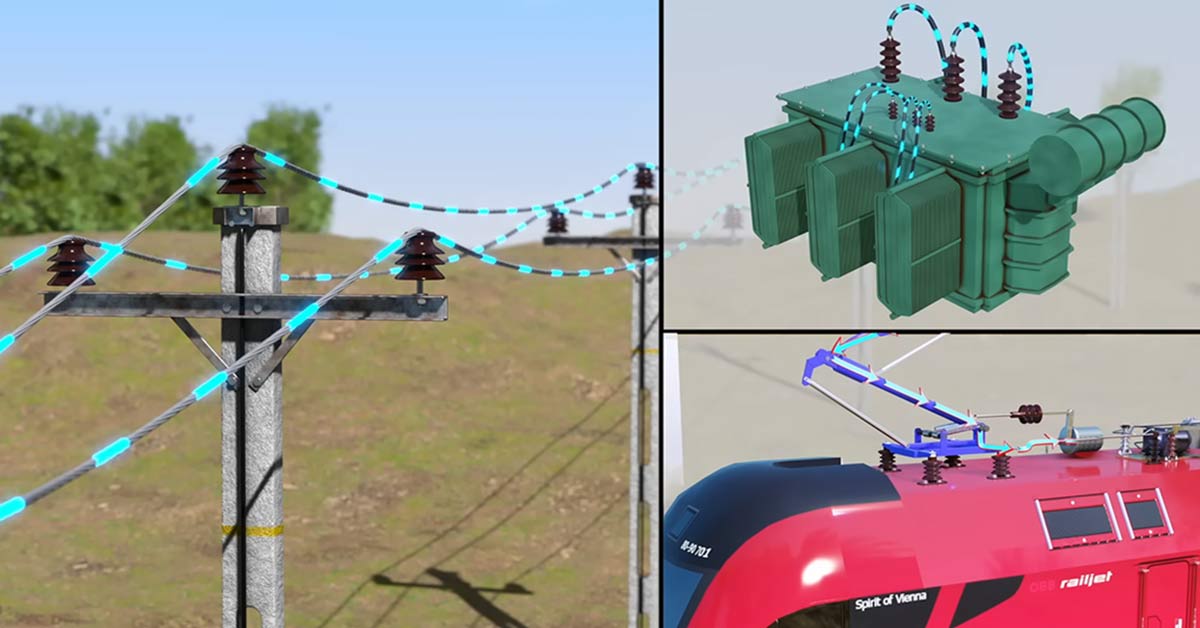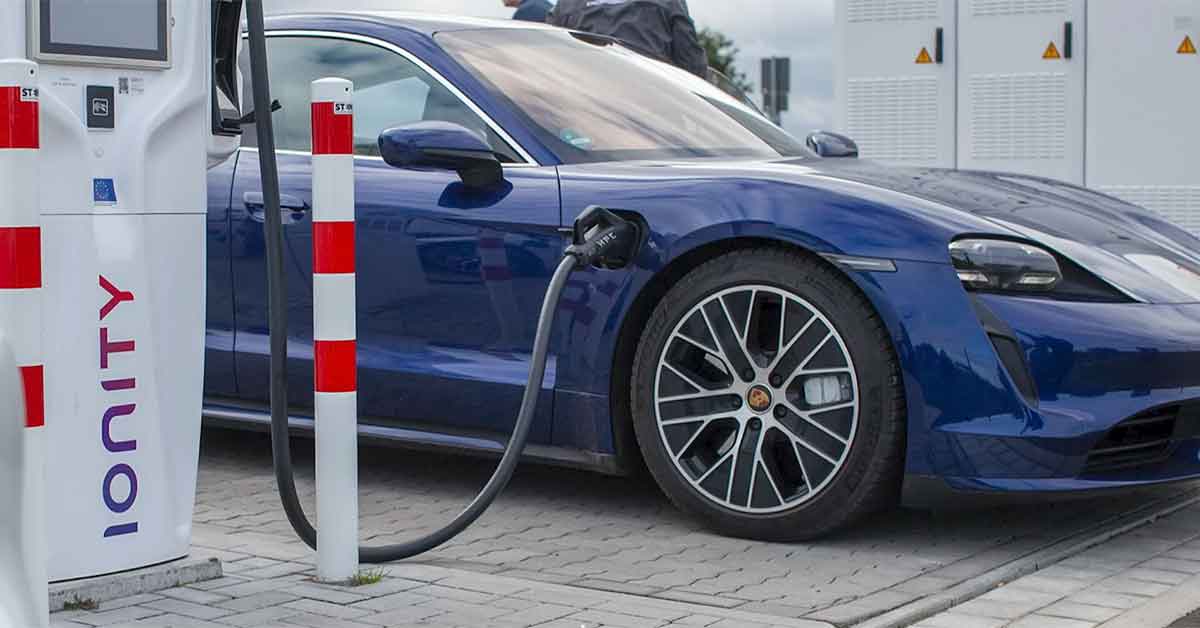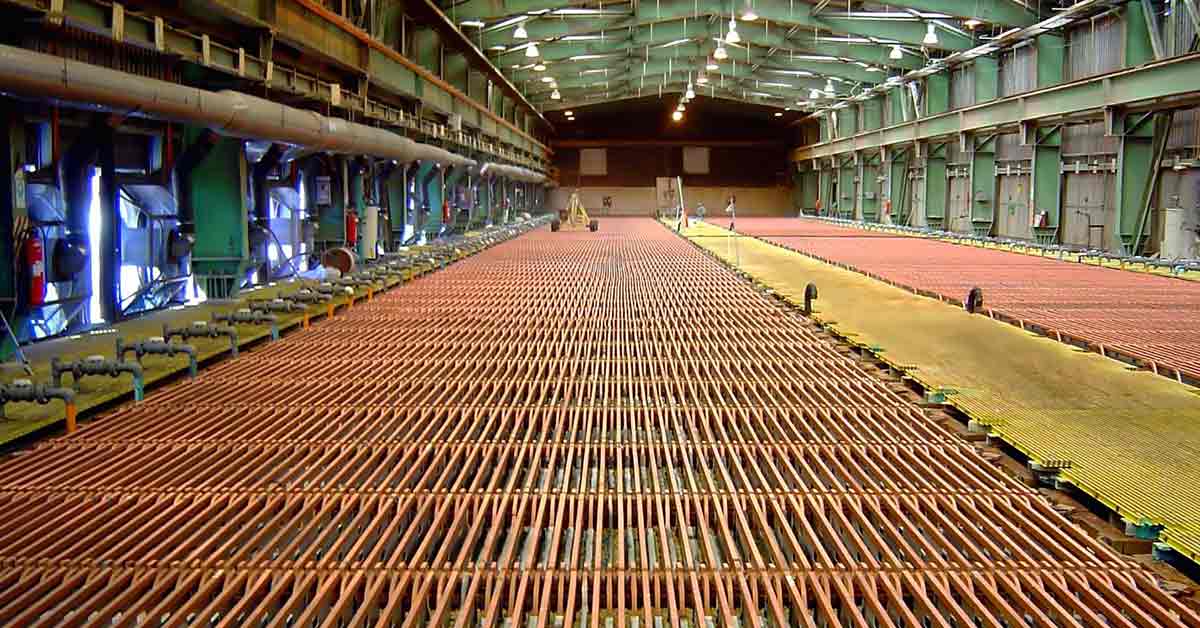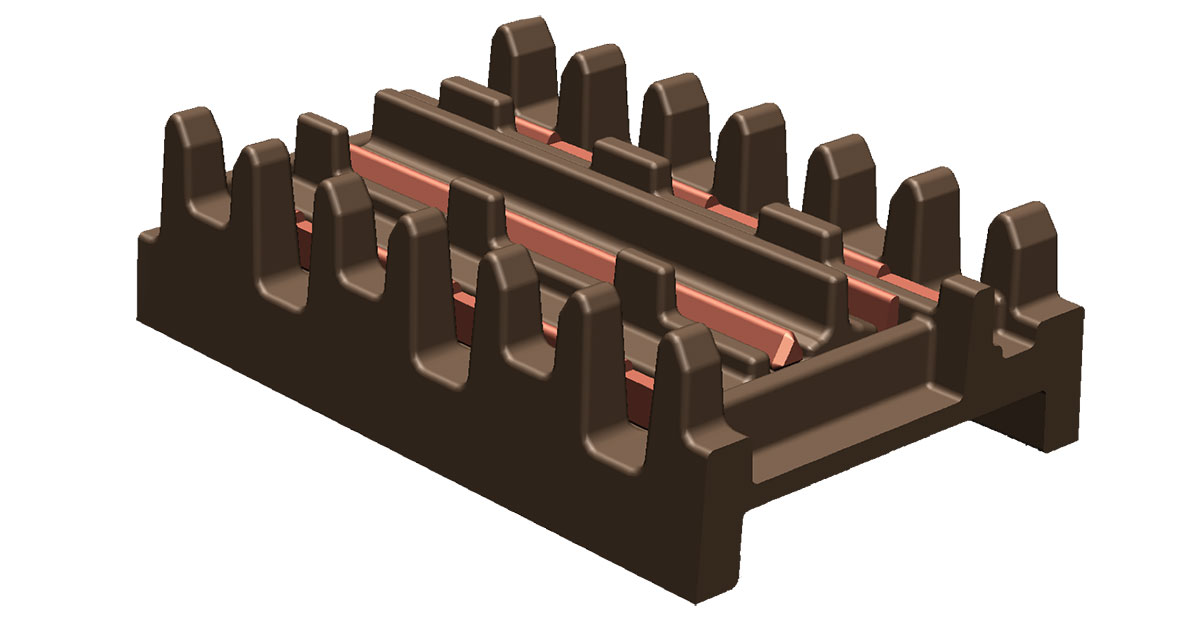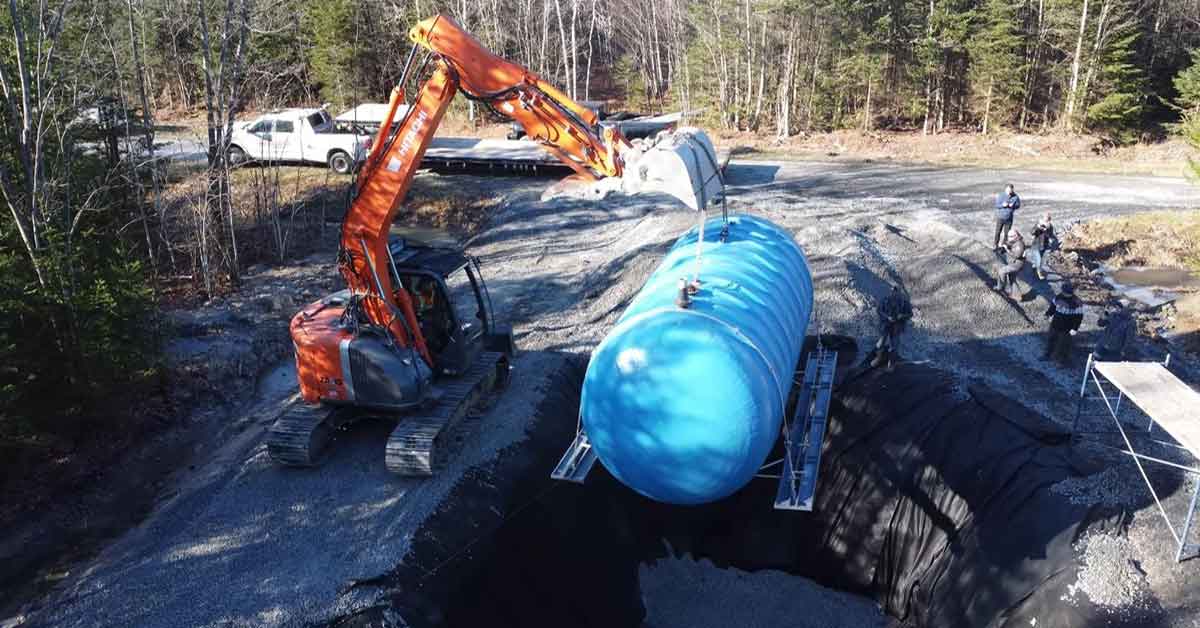Which anchor system to use for underground storage tanks?
When it comes to securing underground storage tanks and preventing their potential movement due to buoyancy forces, deadman anchors, or anchor bases, play a crucial role. Traditionally, concrete deadman anchors have been the go-to choice for this purpose. However, a lightweight alternative is making waves in the industry – fiberglass deadman. In this blog post, we will explore the key differences between these two options and why fiberglass anchor bases are gaining ground as the superior choice.
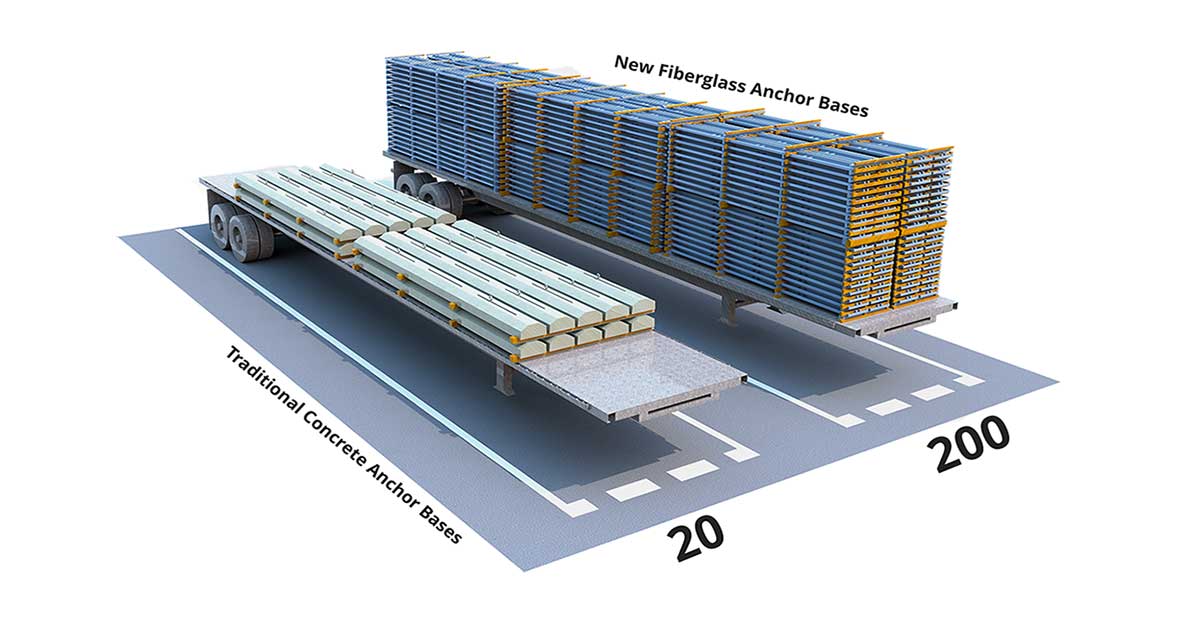
a. Weight Matters
One of the most significant advantages of fiberglass deadman anchors is their weight – or rather, the lack of it. Compared to its hefty concrete counterparts, a fiberglass deadman weigh only a fraction (less than 10% to be more precise), making it approximately ten times lighter. This significant weight reduction brings along several game-changing benefits.
b. Ease of Handling
Transporting and handling concrete deadman anchors can be a logistical nightmare. They often require heavy machinery, like cranes, not only to initially lift and position them, but also to align and reposition correctly. In contrast, fiberglass anchor bases are incredibly easy to handle. Their lightweight nature allows for manual transport and placement without the always need for specialized equipment. This ease of handling translates to significant time and cost savings, especially in installation of multiple storage tanks.
c. Preassembled Possibilities
Fiberglass deadmen offer another unique advantage – the possibility of preassembly. These lightweight anchor bases can be conveniently preassembled with the underground tank onto a truck or trailer. This means that, when delivered to the site, they are ready for immediate installation. In contrast, concrete deadmen must be assembled on-site, adding extra labor hours and potential delays to the project.
d. Swift Installation
The ease of handling and preassembly options make fiberglass deadman installation kits lightning-fast to install. In just a matter of minutes, these anchor bases can be positioned and secured, whereas concrete deadman anchors require hours of labor-intensive work. This speedy installation not only reduces project timelines but also minimizes disruption to the surrounding environment.
e. Durability and Longevity
While lightweight, there is no compromise on durability of fiberglass anchor bases. They are constructed with composite fiberglass structure to withstand harsh environmental conditions, including corrosive soil and moisture. Their corrosion-resistant properties ensure a long service life, providing lasting stability to underground storage tanks. Concrete anchor bases, on the other hand, may deteriorate over time when exposed to the elements.
Conclusion:
The choice between traditional concrete deadman anchors and modern fiberglass deadman anchor is clear. Fiberglass deadman anchors offer numerous advantages, from their ease of handling to their quick installation, cost-effectiveness, and durability. Besides, these all come at a competitive price compared to their concrete counterparts. They have revolutionized the way anchor bases are used, making them a game-changer for projects involving underground storage tanks. So, when it comes to securing your assets, remember: old isn’t always gold, and sometimes new is what to do.
